Affiliate links on Android Authority may earn us a commission. Learn more.
To Fold: Is it time for Google to deep-six the Nexus program?
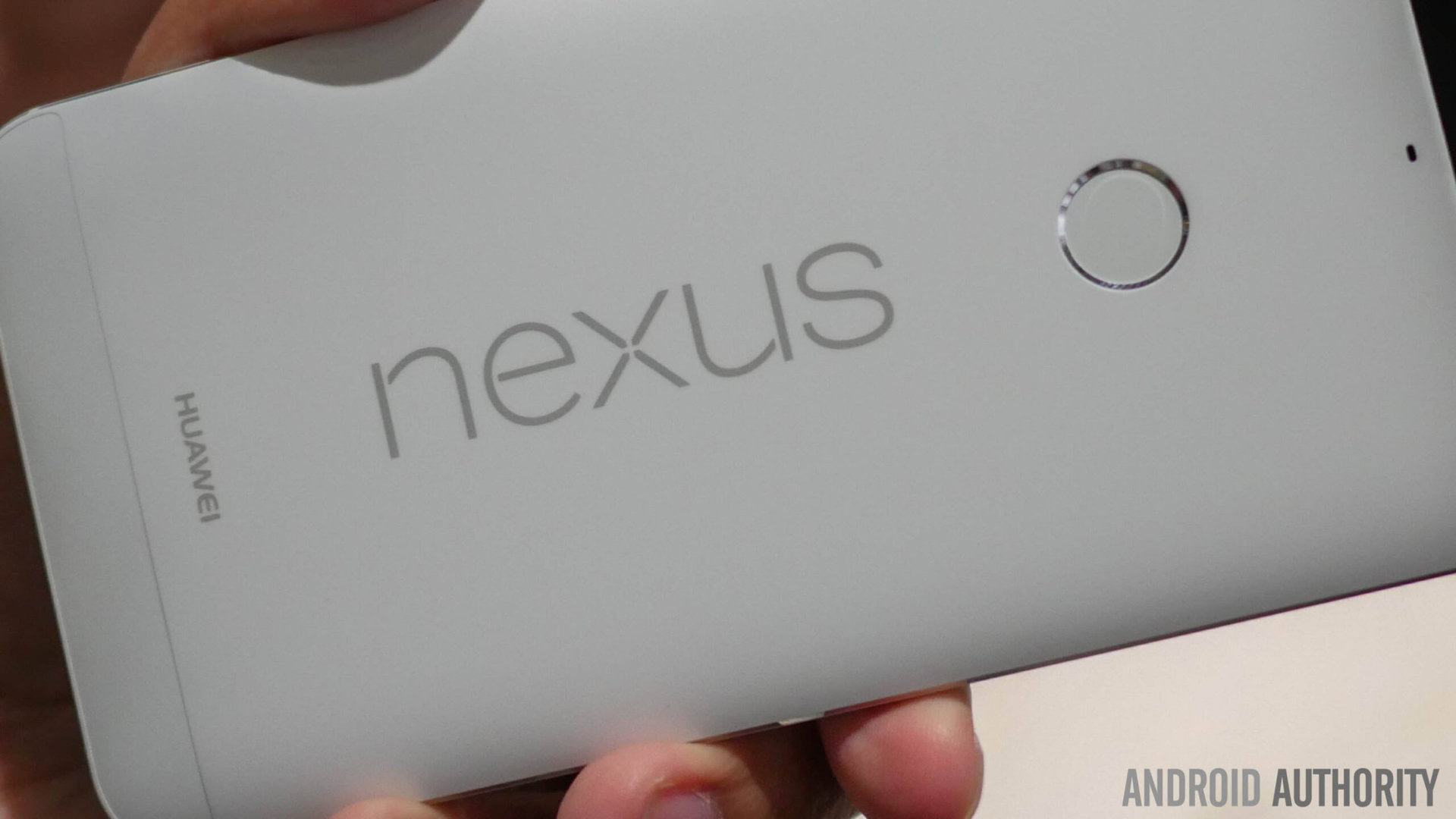
Batting an eye may have missed a revolution, but in the case of Google’s Nexus series the clear-and-present is effervescent. The trouble? It’s not alone. Google’s grand series of Android reference devices have always been held in high regard among the development community, as well as the “purists”. For years, they have been the sole way to get unadulterated stock Android on any random given day. The question is: now that more and more OEMs are making use of stock, or near-stock AOSP builds of the mobile OS, do we even need a Nexus program anymore?
[related_videos align=”center” type=”custom” videos=”645716,645715,645660,645657″]
The case four
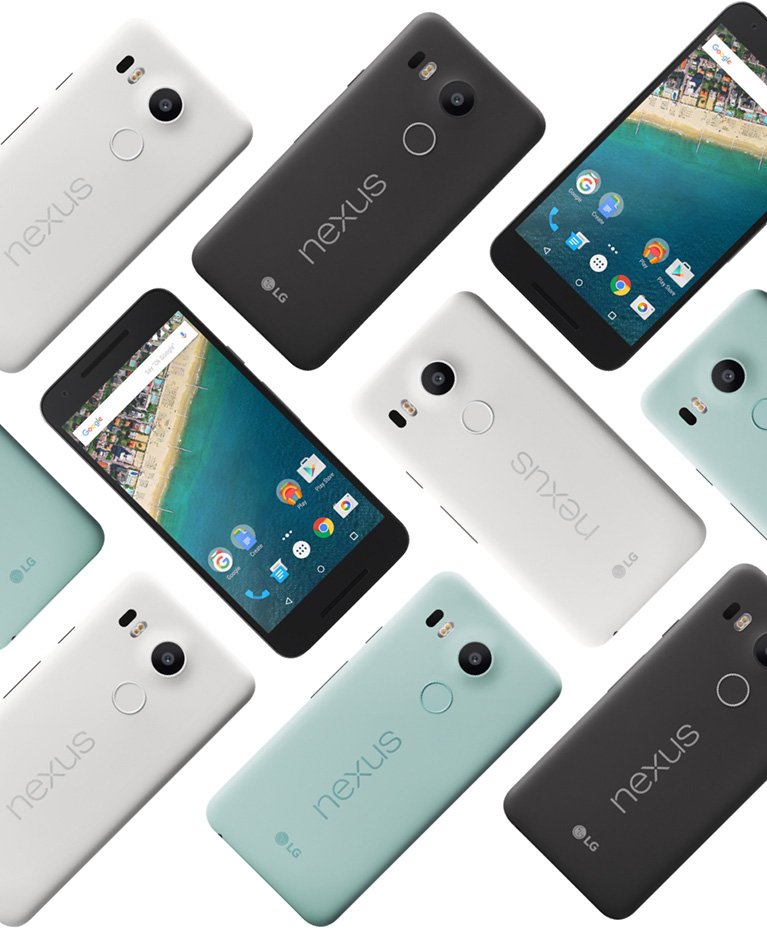
While this piece will largely focus on why the Nexus program has run its course, let me first discuss why it’s just as important as ever:
- Google needs to have a reference device by which OEMs and developers alike can use to do what they do best: create stuff.
- Google can indirectly force stubborn OEMs to adopt new APIs and standards since the “base” Android model already use them.
- Google can continue to foster new and stronger partnerships with the OEMs chosen to develop the Nexus hardware.
- Google can keep Android relevant and have a visible platform on which to showcase the newest OS builds.
Without a doubt, these four reasons are almost iron-clad in their support structure for Android itself. Were the mobile operating system purely a software experience, it would exist largely as an “idea”; a series of suggestions about how to do things. The Nexus products provide, in a sense, a fall-back for Google to enforce its guidelines and requirements, such as Material Design.
On a personal level, I very much enjoy the Nexus hardware and to this day still have a Nexus S and Galaxy Nexus. The latter in particular – the white variant – looks more stylish than many phones on the market today as far as I’m concerned. Still, both for the sake of argument and as a result of the mounting criticism of Nexus products on the whole, let us consider just why the platform is not relevant anymore.
On a personal level, I very much enjoy the Nexus hardware...but let's consider why it may be time to terminate.
Stock Android: still a selling point in 2015?
While in the midst of writing this piece, I stumbled onto a review CNET did years ago, of the Samsung Galaxy Nexus. The jist was quite simple: the phone was hardly a standout product. Rather, the inclusion of ICS made it relevant. It made me think: people have been criticizing the Nexus 5X and 6P since the first pictures leaked out. The design, the hump. Then the specs hit: only 2GB of RAM on LG’s model? No OIS, on HUAWEI’s? Neither have wireless charging? The Internet was already de-legitimatizing the devices and it has only intensified since the official announcement.
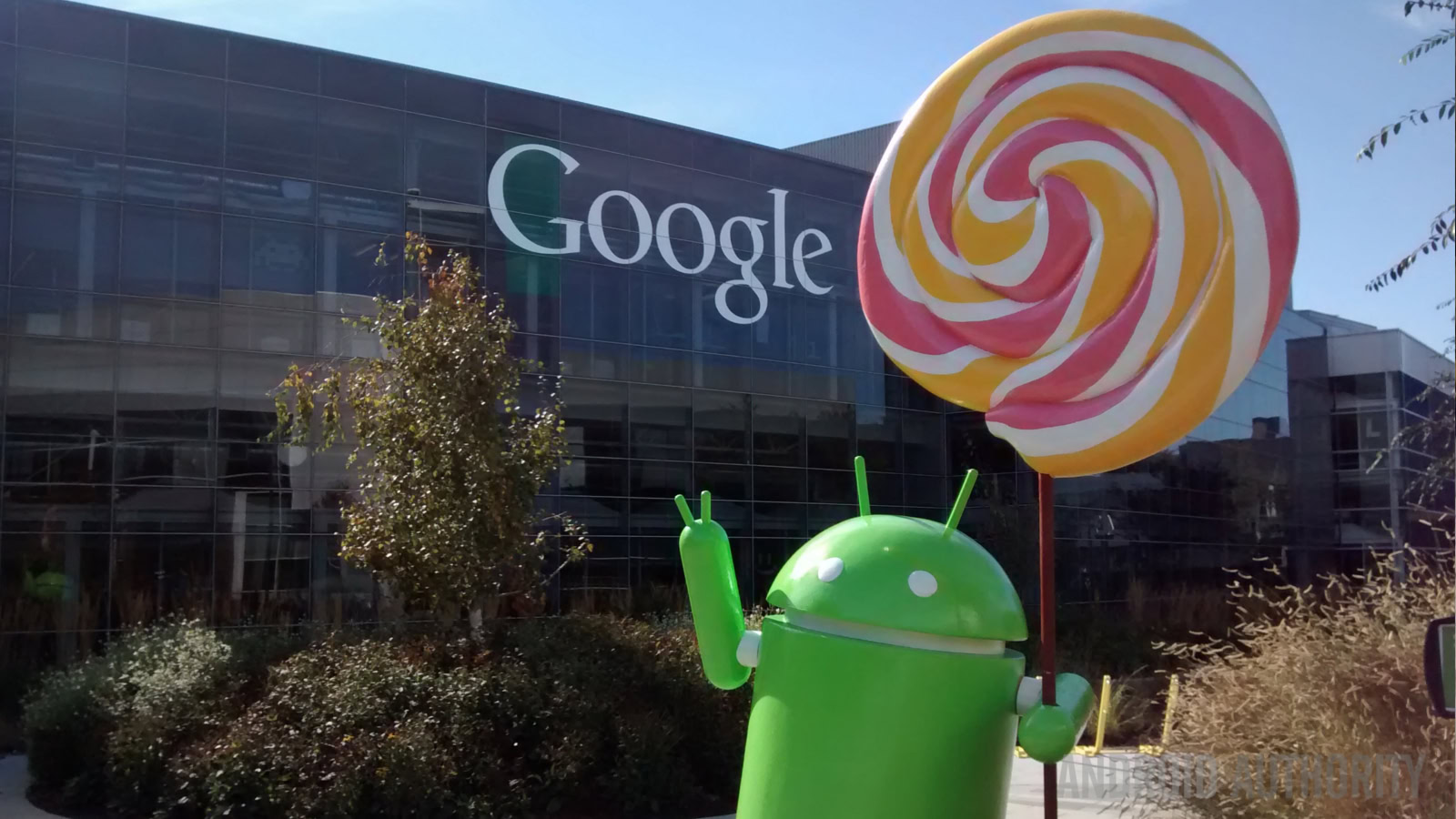
Even the real benefit of stock Android, getting the updates first, has eroded. Owners of the two Samsung Nexi discovered this years ago, but even last year saw major mishaps. The Nexus 7 cellular variants didn’t receive Lollipop until this February and even the Nexus 9 has been embarrassingly slow on the updates. Meanwhile, LG, HTC, and even Samsung managed to get 5.0 on their major devices in an unprecedentedly fast fashion. Of course there are reasons for these delays, namely irregular hardware and low installed user bases, but the potential promise of being first is a somewhat broken one.
Now that even companies like Samsung are severely trimming the fat off their skins, not to mention offering beautiful devices, Google’s new Nexus devices are “just another” product to consider, a proposition made all the more difficult overseas where even the Nexus 5X is borderline expensive. The problem is magnified by the fact that OEMs with low-cost hardware like Alcatel and Motorola have basically taken to using pure Android.
Flawed by Design

Motorola managed to turn quite a lot of heads this year with its trio of new products. Even the budget priced, low-spec Moto G was deemed a major win due to the inclusion of LTE, color customization on Moto Maker, and availability in a 16GB/2GB RAM option. Likewise the fact it offers an almost stock Android experience means that it runs smoothly, yet still has a couple of unique Moto Actions relegated to launching the camera and turning on a makeshift flashlight.
It’s not even a bad looking phone, either. Sure the G is a bit chunky, but given the price that’s to be expected. But with that girth comes water resistance, and the ability to take off the back plate and access the microSD port, or buy a different colored rear panel entirely.
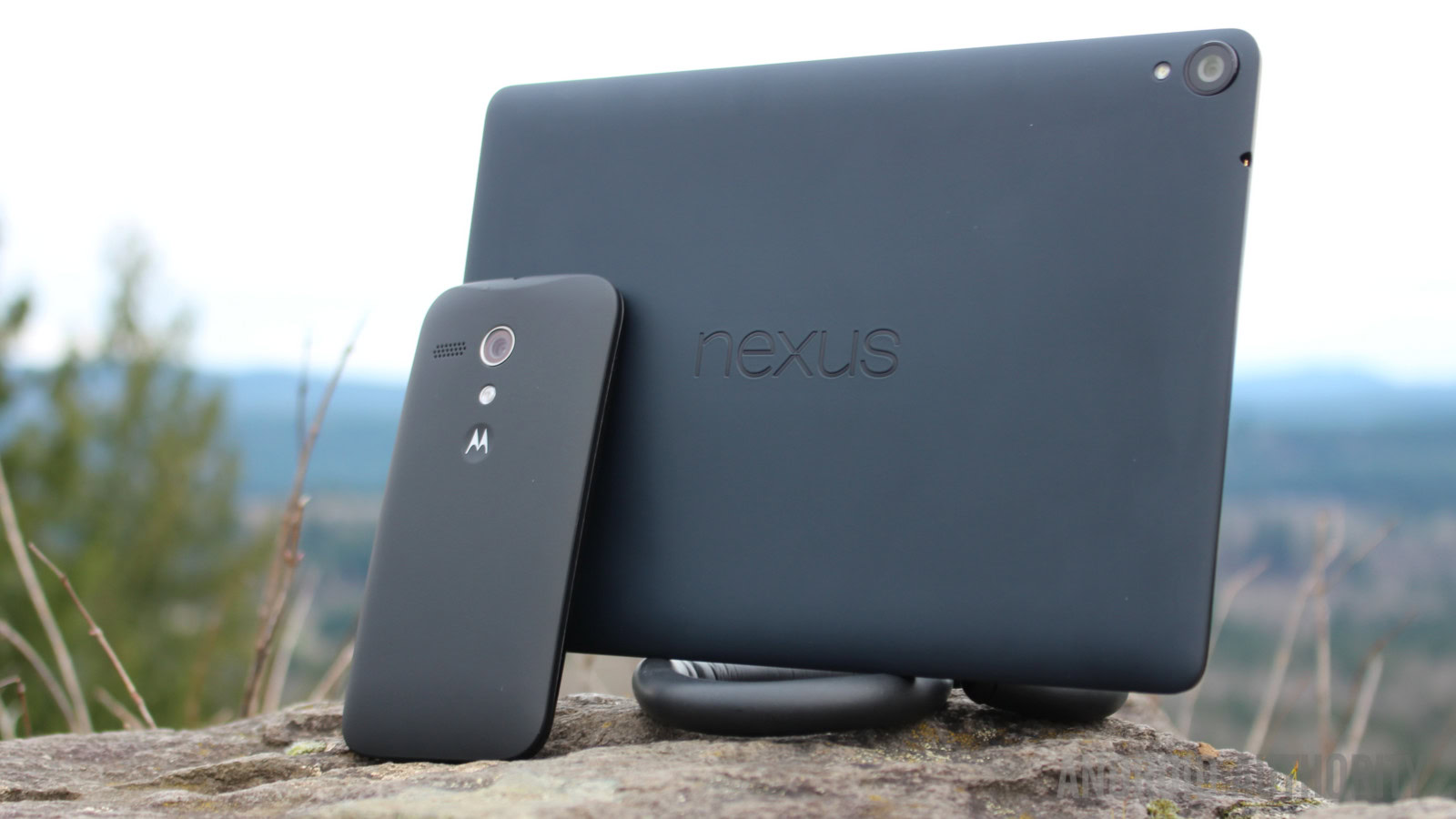
Meanwhile, there is a real mystery as to why Google continues to release such uninspired, utilitarian products. The trend began with the LG Nexus 4/ASUS Nexus 7 (2013) and – save for the Motorola Nexus 6 – has persisted ever since. Consider for example, HTC’s clear attention to design with respect to its flagships. And yet look at the Nexus 9. It’s almost as if Google tells OEMs to “make it ugly; we don’t want it to hurt your product’s sales”. It’s just hard to believe LG could ever design the Nexus 5X of its own volition considering it just announced the luxurious V10.
Now that even companies like Samsung are trimming the fat off their skins and offering beautiful devices inside and out, the Nexus products don't seem as striking.
Now that even companies like Samsung are severely trimming the fat off their skins, not to mention offering beautiful devices, Google’s new Nexus devices are “just another” product to consider, a proposition made all the more difficult overseas where even the Nexus 5X is borderline expensive.
The Gapp between the haves and have-nots
Google’s software strategy is another biggest threat to the Nexus program, though it’s an ironic one at that. In recent years, an initiative was started to manage Gapps manually, rather than constrain major updates to OS upgrades.
This was inevitably done as a response to the lethargic manner in which OEMs typically provide firmware updates, which is to say rarely, if at all. Rather than force Android users to be stymied with antiquated core apps, you can now have the latest features and functions (for the most part) regardless of if you’re marching with Marshmallow or still jamming on Jellybean.

Indeed my Galaxy Nexus – of which a large portion of this piece was typed on – can still provide a very modern app experience even though the device never even saw an official Kitkat release. The problem? This intelligent administrative decision makes having a new Nexus (or running the latest OS build) much less significant than it used to be.
What you want: that which others already have
Related to the above consideration is the “flaw” with AOSP itself. Many Nexus 6 reviews made light of Google’s failure to do anything with the larger screen real estate. The same could arguably be said about the full-blown tablet as well. Meanwhile, even a trimmed down TouchWiz still offers countless features beyond those Google ever will.
Consider what were once the largest criticisms of Apple’s most profitable product: the iPhone had no widgets, no quick settings, no changeable keyboards, no large screens. People pined, critics criticized, yet Apple refused to budge. Things have changed. Even the iPad has split-screen support and a custom-made stylus these days.
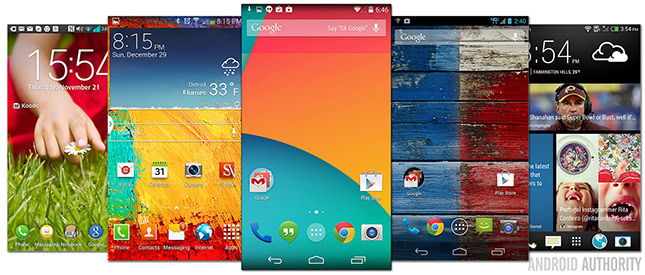
Google, for the most part, has been pilfering elements of Samsung’s TouchWiz for years, including the brightness slider on the notification shade. Even the “new” Nexus Imprint is little more than a legitimizing of what Motorola offered years ago and Fujitsu has provided Japanese customers since the feature phone days. Despite the new APIs themselves allowing for so much under the hood, from the end user experience, Nexus devices really just allow the “purist” niche to wade in the mainstream’s tepid bathwater.
For seemingly all but developers, Nexus devices really just allow users to wade in the mainstream's tepid bathwater.
Dare to be different or remain seated?

If Google truly wanted to make the Nexus program ridiculously relevant, it should never have let Moto Actions transfer hands to Lenovo. The motion sensing and unique elements would have served to make the Nexus devices really something special, and a considerable amount of future progress could have been crafted from the baseline already in Play. Likewise, where are the Themes? HTChas been offering them for ages, Samsung is suddenly smitten with them, and even Android M had them at one point.
It seems paradoxical, but Google in some ways has more to lose than Apple has to gain, simply for the fact that Google has built Android upon a more free, fun sense of purpose whereas Apple has opted for a restricted, look-but-don’t-touch approach. This is exactly why every time a major new iOS build releases, Cupertino magically manages to “create” the unimaginable and the Mountain View onlookers shake their head in disgust over how long it has taken. Case in point:

If Google wants to keep not only the Nexus program relevant, but also make sure Android is brimming with the latest ideas, it’s absolutely imperative to take chances and be bold. Are granular permissions (something the iPhone had since the beginning) and a fingerprint sensor (something Japanese feature phones had 15+ years ago) really cutting edge?
Wrap up
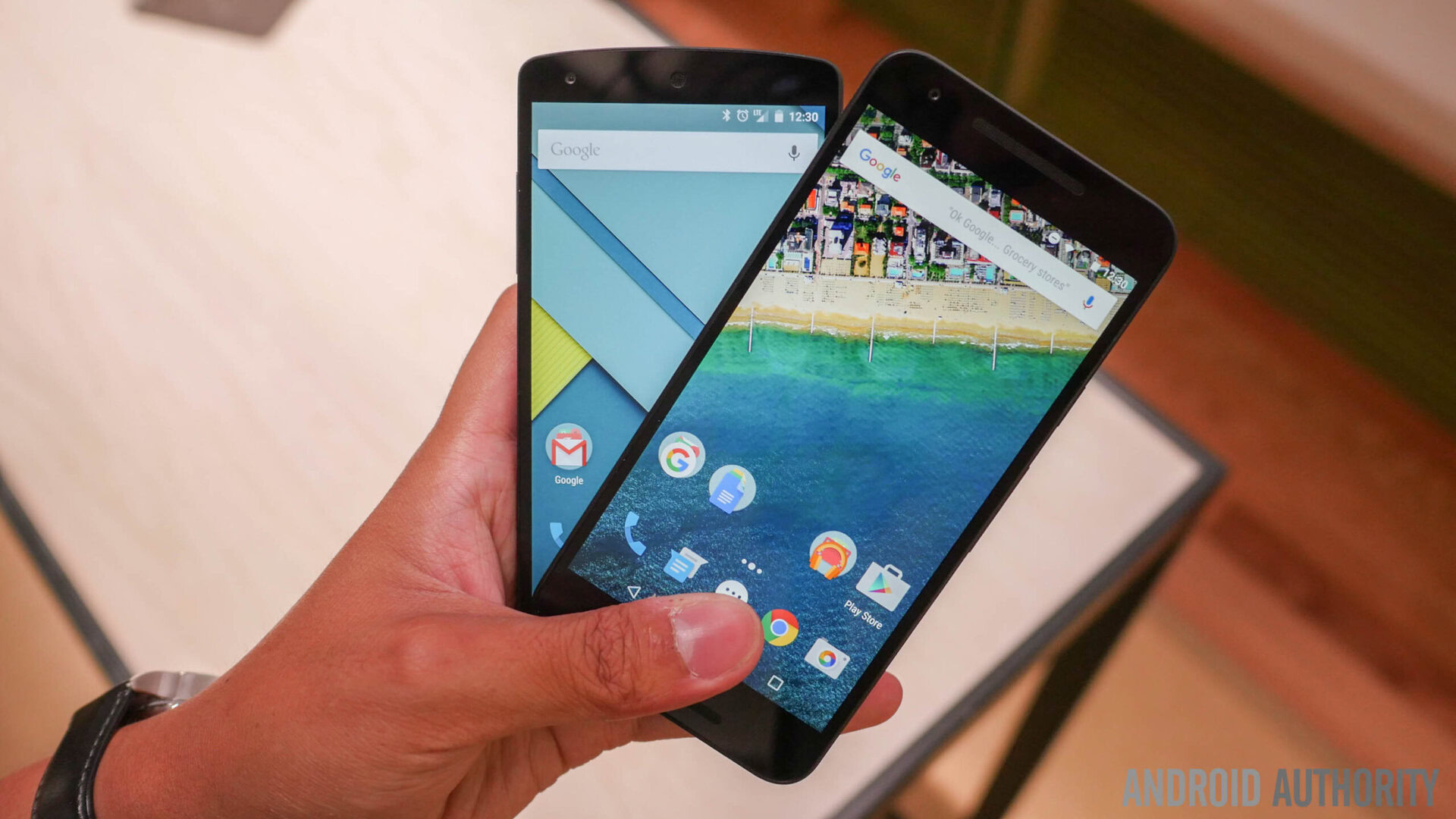
To be sure, there will always be a niche audience who wants a Nexus just because it’s the vessel for Android’s new name. Still, stock Android is no longer the Golden Unicorn it once was. There are some very nice devices that offer a near-pure AOSP build and cost far less than a Nexus. At the moment most don’t offer a fingerprint sensor or NFC, but considering their pricing and the fact they will probably offer it next year, the Nexus nomenclature could soon have to return to the Galaxy from which it came. Google’s new tablet has abandoned it and failed projects like this have long been forgotten.
Perhaps it’s time that, instead of making so much fuss about hardware itself, Google work closer with the influential OEMs around the world and – perhaps aggressively so – encourage them to update their products as quickly as possible. Or an even more enticing alternative: ask them to create an obligatory stock device, but forgo any input whatsoever. In short, just bring back the Google Play Experience program and drop the Nexus line.
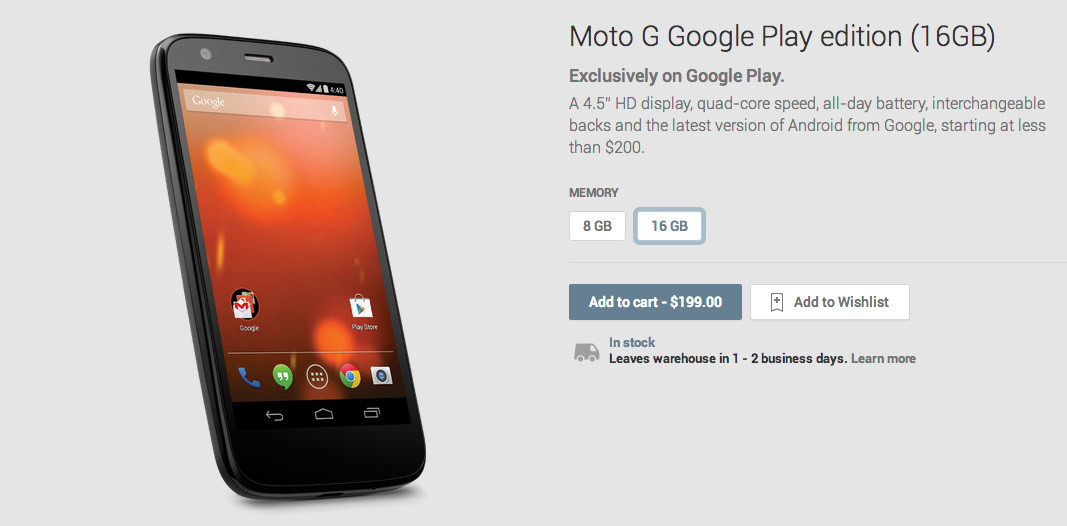
As a final consideration, some feel simple is best: just drop the Nexus branding entirely and simply call all products by the Pixel name. Pixel could become Google’s own brand of dedicated devices. Even if they would come in at a high price point, that would unquestionably guarantee they have some truly terrific parts.
What do you think? Is it time to put the Nexus products out to pasture, or would you be deeply angered if Google did away with them? Will you be getting a new Nexus device this year or are you planning to pass? Let us know by voting in the survey and then leaving your comments below!